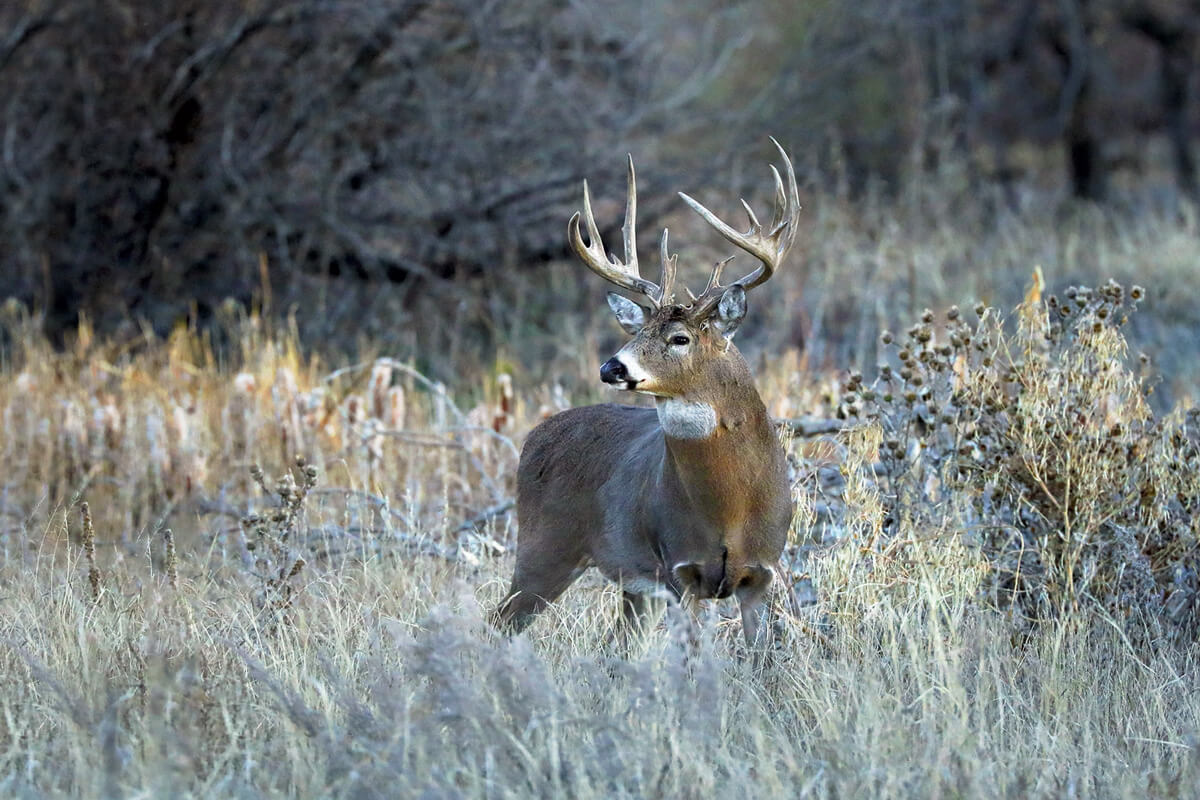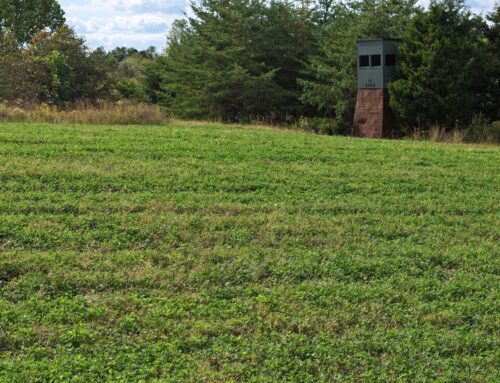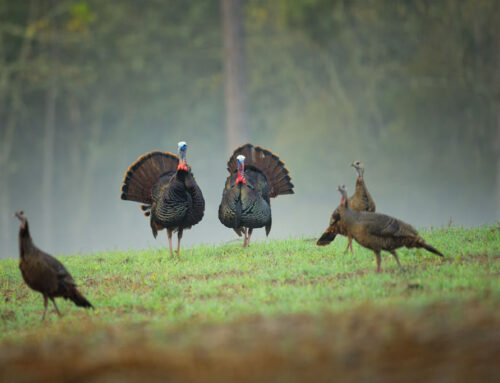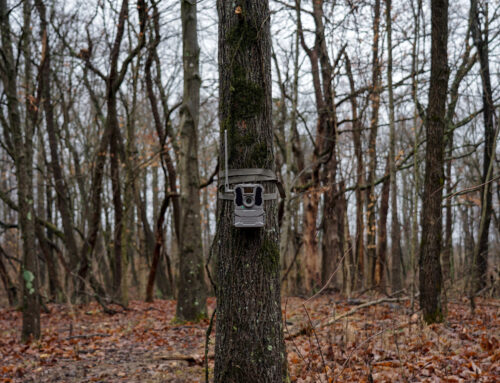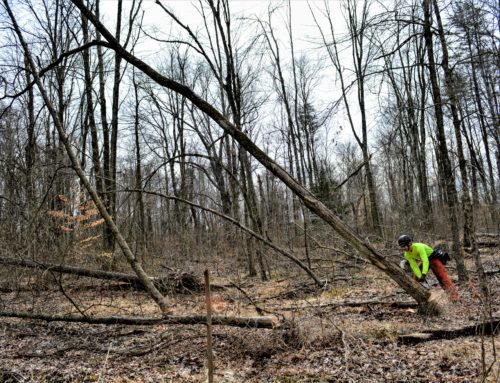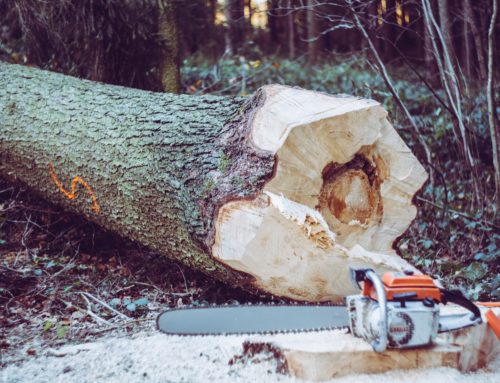Habitat Management Strategies for White-Tailed Deer in Eastern Hardwood Forests
White-tailed deer thrive in well-managed habitats. Properly managing and improving their environment benefits not only the deer population, but also the overall health of the forest ecosystem. Here, we outline key objectives and specific strategies/practices to enhance deer habitat on your property, specifically in eastern hardwood forest habitats.
Key Habitat Management Objectives
- Increase Browse Availability and Opportunity
- Enhance Cover and Bedding Areas
- Promote Oak-Hickory Stand Composition and Regeneration
- Improve Overall Forest Health and Productivity
Specific Management Strategies and Practices
Consult a Professional to Create a Management Plan
Consider hiring a forester and/or wildlife biologist to assess forest health and current habitat conditions on your property. Various surveys and documentation, such as timber stand inventories, deer population surveys, and soil surveys/sample analyses allow professionals to provide tailored advice. It may also be beneficial to contract the development of a written habitat management plan which outlines and details specific management/conservation practices and their planned timelines. This can serve as a guide for your own management efforts and/or be utilized in government-based grant or financial assistance programs. (Learn more about grants for implementing forest and habitat management practices.)
Conduct Timber Stand Improvement/Forest Stand Improvement (TSI/FSI)
Selectively removing or “thinning” a stand of undesirable trees and shrubs, along with releasing desirable tree species from competition, is an effective means for promoting forest regeneration and improvement. TSI/FSI can be utilized to alter stand species composition, structure, stocking level, and age class, while also removing any diseased, over-mature, or poor-formed individuals. Midstory removals are especially beneficial in eastern hardwood forests to encourage/increase oak-hickory composition and discourage dominance of shade-tolerant species such as maple and beech. The practice of TSI/FSI, in general, promotes understory development, improves stand health and diversity, as well as increases quality browse availability for wildlife.
Create and Maintain Food Plots
Food plots are small, cleared areas planted with annuals (e.g., soybeans, brassicas) or perennials (e.g., clovers, alfalfa). These plants provide additional food sources for deer during times of low browse availability and/or provide desirable forage to increase the presence of deer. Consider creating multiple small plots throughout your property, connected by travel corridors, rather than one large plot, to increase the overall carrying capacity and spread-out deer feeding areas. The ideal food plot size is generally half an acre to two acres. Be sure to maintain and regularly rotate your food plots to promote soil health. Soil sample results may provide invaluable information such as which nutrients are deficient and whether or not fertilizing is recommended.
Establish Native Warm-Season Grasses (NWSGs)
Planting native warm-season grasses, such as big bluestem, Indiangrass, or switchgrass, provide numerous benefits for white-tailed deer. NWSGs offer quality bedding areas and act as a cover source for fawns during the early spring/summer months when cover is scarce. Plant NWSGs in idle fields and/or forest openings. Once established, mow and/or burn stands regularly to maintain healthy growth and vigor.
Remove/Control Invasive Plant Species
Invasive plants are detrimental to the overall health and productivity of forests and wildlife habitat. Invasive plants also limit natural regeneration and the production of quality forage. Prioritize controlling invasive species on your property by mechanically removing and/or chemically treating plants. Examples of invasive plant species we commonly deal with in Southern Indiana are:
- amur/bush honeysuckle (shrub)
- autumn olive (shrub)
- oriental bittersweet (vine)
- Japanese honeysuckle (vine)
- Ailanthus/Tree of Heaven (tree)
- royal paulownia/princess tree
- Japanese stiltgrass
- multiflora rose (shrub)
- burning bush
- privet (shrub)
Conduct Controlled Burns
Conducting prescribed burns on your property can have numerous benefits for white-tailed deer, including promoting understory development and diversity, increasing forage availability, reducing the presence of invasive species, improving wildlife habitat, and providing security cover for deer. Consult with local fire officials and acquire necessary permits before conducting any prescribed burns.
Create Edge Habitat
Edge habitats are areas where two different habitat types meet, such as a field and woodland edge. Deer benefit from this gradual transition zone because it provides food sources from both habitat types and creates cover, which allows them to feel more comfortable as they travel between habitat areas. “Edge feathering” is a practice used to create edge habitat by selectively felling standing timber and/or by promoting dense shrubby/grassy vegetation.
Sustainably Harvest Timber
Practicing sustainable timber harvesting techniques is an important management practice for promoting forest health and productivity. Thinning overcrowded stands, removing undesirable species, creating gaps in the canopy, and creating temporary forest openings can all have positive impacts on deer habitat by allowing sunlight to reach the forest floor, thus promoting understory growth and increasing forage opportunity. Selectively harvesting timber can also be utilized to alter stand composition, structure, and age class as well as remove poor-formed and over mature trees. Timber harvests provide many economic benefits such as income from selling harvested trees and increasing recreational opportunities within the property. It is highly recommended to utilize the services of a professional forester when selling/harvesting timber so the timber may be marked for removal with management objectives and the long-term health of the stand in mind. Utilizing a forester also ensures you receive fair market value for any timber sold.
Create/Enhance Early Successional Habitat
Early successional habitat provides cover and bedding areas for deer, as well as promotes oak-hickory regeneration. Encourage early successional habitat by creating canopy gaps or temporary openings through timber harvesting, mechanical treatments (e.g., clear-cutting, TSI/FSI), and prescribed fire. These techniques mimic natural disturbances that promote the growth of woody plants and herbaceous vegetation to create prime deer habitat. Early successional habitat can be periodically created and maintained as part of a long-term management plan, by converting smaller sections of land to early successional habitat on rotation, to create stands of varying age classes to benefit a wide range of wildlife species and their various habitat requirements.
Implement Prescribed Burns
Prescribed burning can be implemented to promote oak-hickory generation and increase tender forage availability. Burning also helps control invasive species, reduce woody plant encroachment, maintain native grass/prairie/wildflower habitat, and create early successional habitats. It is important to consult with a professional forester or wildlife biologist before implementing prescribed burns to ensure proper planning and execution for safety and effectiveness.
Promote Native Mast-Producing Trees and Shrubs
Mast-producing plants refer to native plants which produce nuts and fruits. Encouraging such plants are a great way to promote year-round food sources for deer. Tree species such as oaks and American persimmon are highly preferred by white-tailed deer. Examples of native mast-producing shrubs include elderberry, raspberry, and sumac. You may consider a supplemental planting of mast-producing trees and shrubs in areas where natural regeneration is difficult or occurs at a slow rate, or in areas you wish to attract more deer. Promoting the regeneration of native mast-producing plants can be accomplished through a variety of management practices, including timber harvests, TSI/FSI, prescribed burns, and controlling invasive plants.
Monitor and Manage Deer Population Dynamics
By utilizing the services of a wildlife professional to survey, track, and analyze local deer populations, it helps monitor progress and helps in the decision-making process in terms of adjusting management strategies based on current field data and observations. This may include managing deer populations through controlled and planned harvesting or by implementing supplemental feeding programs during harsh winters to ensure the health and survival of the herd.
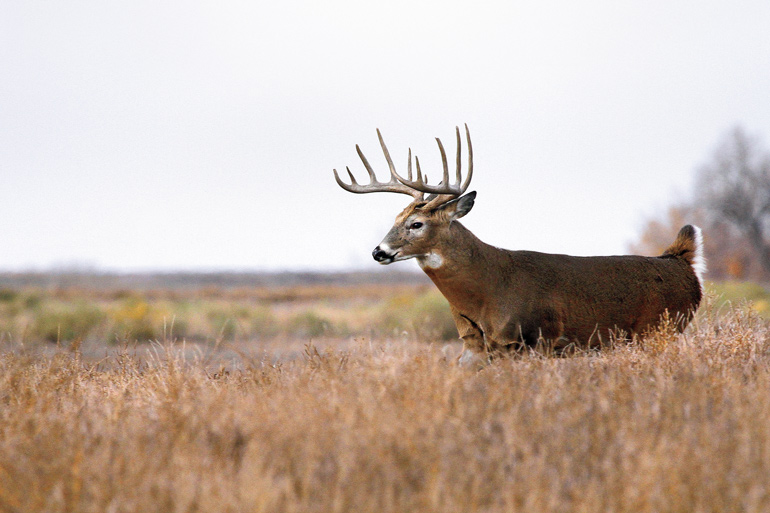
In Summary
Below are the aforementioned key habitat management objectives for white-tailed deer and the recommended practices which may be used to accomplish each objective. As you will notice, most of the recommended management practices discussed in this article may help accomplish each of the five key management objectives.
- Increase Browse Availability and Opportunity
Recommended Practices: invasive plant species control, timber harvests, FSI/TSI, promotion of mast-producing trees and shrubs, prescribed burns, food plots, create edge habitat, create early successional habitat
- Enhance Cover and Bedding Areas
Recommended Practices: invasive plant species control, timber harvests, FSI/TSI, prescribed burns, create edge habitat, create early successional habitat
- Promote Oak-Hickory Stand Composition and Regeneration
Recommended Practices: invasive plant species control, timber harvests, FSI/TSI, promotion of mast-producing trees and shrubs, prescribed burns, create early successional habitat
- Improve Overall Forest Health and Productivity
Recommended Practices: invasive plant species control, timber harvests, FSI/TSI, prescribed burns
Conclusion
Managing and improving deer habitats requires thoughtful planning and consistent effort. By implementing some or all of these management strategies, you can create an environment that supports a healthy and sustainable white-tailed deer population. For personalized advice and tailored management assistance, consider consulting with a forestry and/or wildlife professional to refine your approach and achieve the best results.

